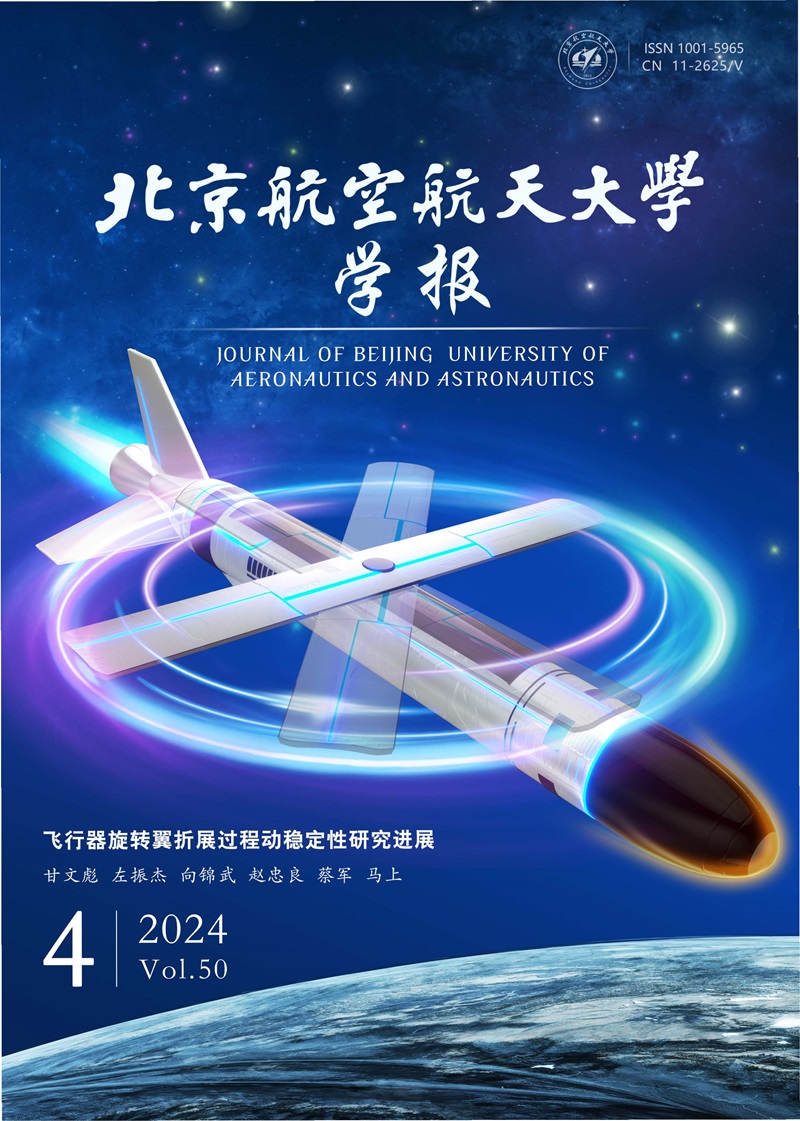2008 Vol. 34, No. 8
2008, 34(8): 869-872.
Abstract:
2008, 34(8): 887-890.
Abstract:
2008, 34(8): 925-929.
Abstract:
2008, 34(8): 930-934.
Abstract:
2008, 34(8): 956-960.
Abstract:
2008, 34(8): 976-980.
Abstract:







 XML Online Production Platform
XML Online Production Platform

